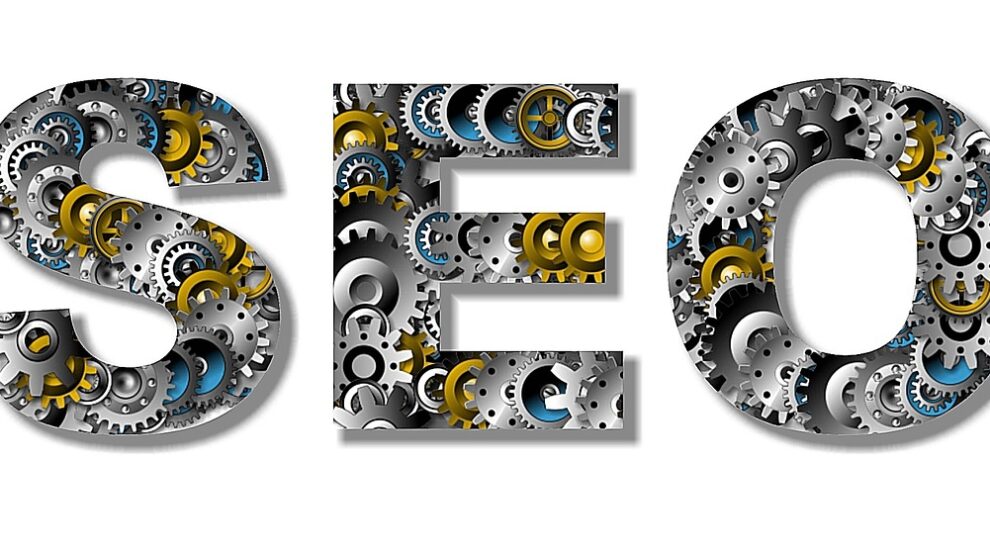The online world is ever-increasingly visual. Improving technology continues to make the provision of slick and scalable imagery easier, and with so much competition for our attention, it isn’t an option you can afford to overlook if you have any hope of gathering a large audience online. Simple text will never have a comparable impact.
But when it comes to the matter of implementation, many individuals and companies alike can struggle. They don’t really know what kinds of image they should be using, how they should present, format and tag them, and what value (if any) they have for search.
That’s what we’re going to cover in this piece. How you can choose the right images for your needs, and how you can optimize them so they provide maximum value. Let’s get started.
What you should be aiming to do with your images
Before you undergo any optimization work, you should be quite certain that the images you’re using are the most appropriate for their positions. Never forget that all the elements of your content are there to serve a purpose. What is each image trying to achieve? Is it falling short of that goal? This is incredibly important for SEO because search engines will heavily factor in user experience — the better your image suits its role, the better the page will perform, and the more search engines will reward you with ranking boosts. Here are some possible goals you can have for an image:
- Catch the eye. This is particularly important for images that appear as thumbnails for content listings in social media feeds or in image searches. The viewer is not currently engaging with your content, and is beset with options — by standing out visually, you can draw them in.
- Hold attention. Once you have someone’s attention, can you keep it long enough for them engage with the rest of your content? An image might be fleetingly eye-catching but lack the depth to avoid someone bouncing upon reaching the page. Holding attention requires high-quality work.
- Establish a topic. Someone who has barely glanced at the title of a piece might well scan the lead image to get an idea of the topic. In many cases, it’s possible to clearly communicate the topic through an image (even if you don’t use text).
- Confirm a topic. An image on a landing page needs to not only hint at the topic but also go along with whatever led the visitor to the page. This is a matter of having a cohesive marketing funnel and matching your ads to your content.
- Set a mood. Is the content supposed to be funny, or sad, or awe-inspiring? Through not only subject matter but also color, tone and texture, an image can set the mood for a piece of content, making it more effective and more memorable.
- Provide information. Think of a full-page banner for an event. It’s rarely (if ever) a good idea to overload an image with text, but if you use it sparingly and clearly it can be extremely useful.
Once you know the role of any given image element, you can decide which of your images are doing what they need to do, and which will need to be replaced. Don’t settle for visual mediocrity — it likely isn’t as hard as you think to get some high-quality visuals, as we’ll see next.
How to source great images for SEO
There are two main approaches you can use for your images: you can source your own (through using a photographer or graphic designer, or making them yourself), or you can use stock photos. Which option you should go with will depend on the type of image you need.
- Create your own images if you know what you’re doing, you have the time to spend on it, and you feel that you can bring a unique and consistent flair to the work. The big advantage of this approach is that you can establish a branded style that people will associate with you — something that can prove valuable for search because people will see your images and quickly recognize where they come from. The downside, of course, is that it is time-consuming and often unnecessary.
- Get professional assistance if you need top-notch custom images (product photos, for instance, or sophisticated illustrations for finely-tuned landing pages). This is the most expensive option and will be overkill in many cases, but don’t rule it out, especially for your most vital content. Just one iconic image can prove to be entirely worth all the effort and investment in the long run.
- Use stock photos if you don’t need anything unique and you’re just looking to set the mood or communicate a broad topic. For an article like this, there would be no practical benefit to using a custom image — it would add a lot of time to the creation, but without adding much to the value of the piece, so I just selected something appropriate from the stock photos on Burst.
- Adapt stock photos if you can’t quite find a stock image that looks right. Using editing tools (Photoshop is the high-end option, of course, but there’s intuitive free software like Canva or Piktochart out there), you can take a stock image and rework it by adding or removing elements or text until you get something suitable.
In most cases, you should be able to get by just fine using one of the last two options. You should always try to weigh up the ROI of the time and money you spend on your images — commit the most resources to the most important images and you’ll get the best results.
How to present your images effectively
Having figured out what you want your images to do, and selected the best resources, you need to get your presentation right. Presentation matters not only from the user experience standpoint we’ve taken so far but also from a technical standpoint, as you’ll see shortly.
- Get the aspect ratio correct. Depending on where an image is going on a page (or in social media content), it may need to adhere to a specific aspect ratio to look good, or even to be displayed at all. Google is known to prefer certain aspect ratios for the images it favors, so aim to stick to a fairly standard ratio.
- Choose the right format. Different image file types are good for different things. JPGs are good for very complicated images that don’t need to be super crisp, so mainly photos. PNGs are excellent for cartoony images that need to be maximally sharp. Pick the right format for your image to keep the size down and keep it looking good.
- Start big and scale down. Because you may ultimately need several different sizes of an image (across different platforms, for instance), you should start with the biggest image you can get and then make scaled-down versions to suit your needs. For instance, if your featured images are always 1200px wide, don’t serve a 2400px-wide image — it will just slow the page down.
- Position your images sensibly. There’s a fairly standard page format that sees images used to lead content and then break up sections. Try not to deviate from this by lumping in several images in quick succession or anything similarly unusual. It will confuse the reader and thus damage your rankings.
Having sorted out your presentation, you can move on to an often-overlooked element of image SEO: metadata tagging.
How to tag images correctly
Just as you tag a webpage with a title and a description, you should always tag your images with alt text (and title text if you feel like it). Alt text is important because it’s the text search engines will use to figure out what your images are, and it’s also important for accessibility — your alt text will display in place of the image if it won’t load, and be used by screen readers to describe images to the visually-impaired.
Alt text isn’t too difficult to write — it’s really just a basic description of what the image contains. My alt text for the lead image of this article, for instance, would be something like “Coin-operated binoculars looking out across the ocean.” It doesn’t need to be anything revolutionary or incredibly detailed, it just needs to get the gist across.
How to build links through images
Having optimized your images effectively, you’ll be well-positioned for being featured in Google snippets and showing up in image searches, but that’s not all you can do with your images to help bring in more traffic and boost your search results — you can also use them for link-building if you create custom images.
If you’re writing content to be shared elsewhere, you can use one of your own images and include an attribution link to your website, building you some link equity. You can also make your custom images accessible to others under something like a creative commons licence — if someone uses one of your images in their content, they’ll likely choose to credit you, which will earn you another link.
And if you don’t use your own images, you can still get somewhere through image use. Contact someone whose images you’ve used to thank them for the assistance, and link them to your content. If they like it, they might choose to link to you for a much-appreciated free bonus.
Conclusion
Image SEO ultimately comes down to making your images as effective as possible at achieving their purposes, tagging, formatting and presenting them so they look good to searchers and search engines alike, and (particularly if you can work on your own visuals) using them build relationships and create valuable links.
It might sound complicated and daunting, but unless you’re going to be changing your visuals regularly, the bulk of the work only needs to be done once — so get to it right away! It’s definitely worth your time.





